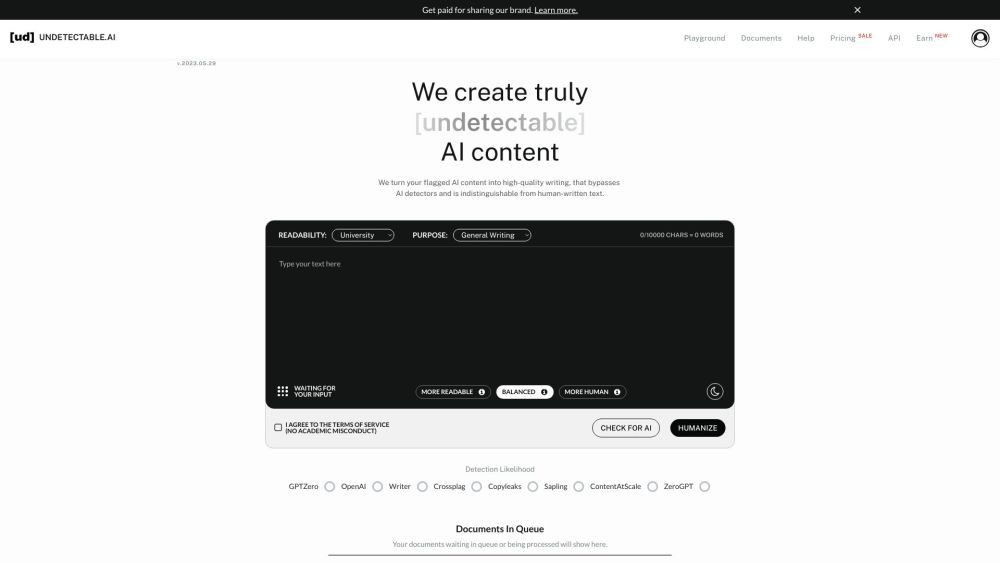Generative AI and the Future of Identity Access Management (IAM)
Generative AI is set to transform identity access management (IAM) by enhancing outlier behavior analysis, increasing alert accuracy, and streamlining administrative tasks—all while protecting against evolving threats.
A staggering 98% of security professionals believe AI and machine learning (ML) will play a vital role in combating identity-based breaches, serving as a cornerstone technology to unify various identity frameworks. Over half (63%) predict that AI's most significant contribution will be its ability to accurately identify outlier behavior. An additional 56% anticipate improved alert accuracy, while 52% expect streamlined administrative processes.
The 2023 Trends in Securing Digital Identities report from the Identity Defined Security Alliance highlights the challenges security professionals face in integrating diverse identity frameworks from multiple vendors to gain consistent data insights.
Shrink Attack Surfaces, Expand Markets with Generative AI
Insider threats and zombie credentials pose significant challenges in identifying and thwarting breaches. Leading IAM providers are expected to leverage generative AI to create automatic decoys, enhance behavioral detection, and improve their extended detection and response (XDR) capabilities. Key players in the IAM market, including AWS, CrowdStrike, Delinea, and Google Cloud Identity, are rapidly developing products that harness contextual intelligence from generative AI.
As generative AI effectively reduces attack surfaces, its impact will likely lead to market expansion. Gartner forecasts the global IAM market will grow from $16.1 billion in 2023 to $24.9 billion by 2027. Furthermore, the worldwide information security and risk management market is projected to reach $289 billion by 2027, reflecting a compound annual growth rate (CAGR) of 11%.
Generative AI is also poised to bridge gaps in cloud security—Gartner's fastest-growing segment in information security. Projections suggest cloud security will surge from $4.4 billion in 2022 to $12.8 billion by 2027, achieving a CAGR of 23.5%. Likewise, application security revenue is expected to grow from $5.7 billion this year to $9.6 billion by 2027, while zero-trust solutions will escalate from $27.4 billion in 2022 to $60.7 billion by 2027, marking a CAGR of 17.3%.
Enhancing IAM with Generative AI
IAM providers must intensify their generative AI efforts to combat the rising number of malware-free attacks, which frequently involve sophisticated social engineering tactics. According to the CrowdStrike Threat Graph, 71% of all detections are linked to attackers employing generative AI to execute these intrusions.
The Falcon Overwatch Threat Hunting Report reveals that over 60% of interactive intrusions involved valid credentials, demonstrating the necessity of identity-based security strategies. As Ariel Tseitlin, a partner at Scale Venture Partners, noted, “Identity is where security is headed because of the wealth of data it encompasses.” This shift has propelled IAM from eighth to second place in investment priorities amid growing concerns over multicloud identity security.
Recent interviews with IAM providers and Chief Information Security Officers (CISOs) highlighted the urgent need for generative AI to close identity security gaps. By leveraging generative AI, IAM systems aim to connect identity and endpoint security, improving contextual intelligence.
Focus Areas for IAM Product Leaders Utilizing Generative AI
CISOs consistently express concern about insider threats, as legitimate users with access credentials can traverse systems freely. Monitoring network activities becomes insufficient in detecting breaches involving stolen credentials or insider attacks, particularly as attackers often possess deeper knowledge of the networks they infiltrate.
Discussions with product leaders in IAM reveal their strategies for addressing these challenges:
1. Real-Time Auditing of Access Credentials: Past breaches often stem from failure to audit or revoke access, as seen in platforms like Dropbox and Microsoft SharePoint. Nearly 45% of enterprises suspect that former employees retain access to sensitive data. Ivanti's CPO, Srinivas Mukkamala, emphasizes the oversight surrounding access permissions after employee departures.
2. Behavioral Analysis for Anomaly Detection: IAM providers are enhancing their anomaly detection capabilities using generative AI to analyze large data sets for unusual access patterns, thereby improving breach detection accuracy. Notable providers in this domain include CrowdStrike, CyberArk, and Microsoft.
3. Identifying and Halting Insider Threats: Generative AI solutions aim to elevate the reliability of alerts related to insider threats by deploying decoys and monitoring attacker behavior. IAM product managers are increasingly observing Security Operations Centers (SOCs) to improve alert workflows and response strategies.
Given the high priority placed on these solutions by IAM providers, anticipated acquisitions in this area are likely as early as 2024. For example, CrowdStrike’s acquisition of Reposify in 2022 underlines the focus on enhancing internal security measures.
In conclusion, the potential of generative AI in IAM is still unfolding, but its capacity to secure infrastructure effectively is poised to improve significantly in the coming years.






